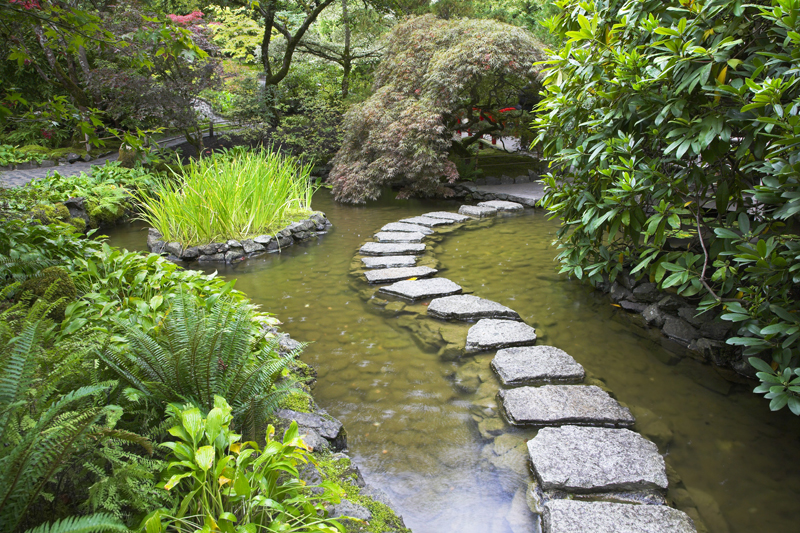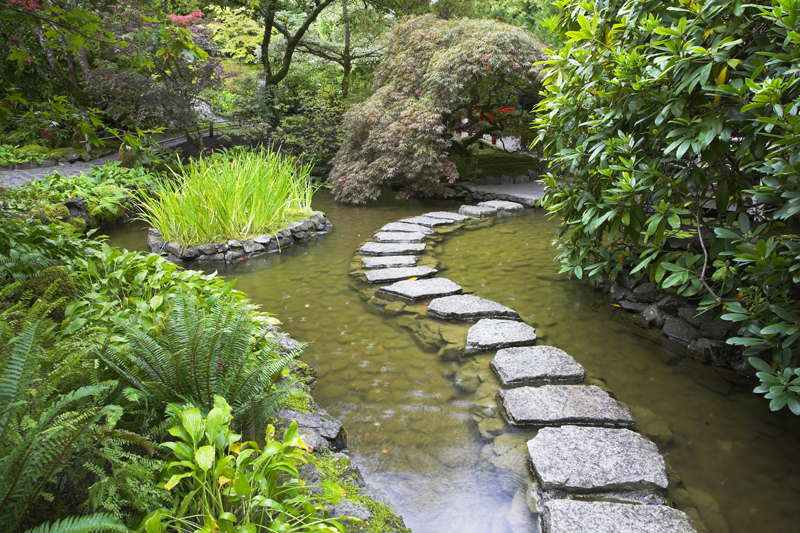Growing Tulips

Growing Tulips
Tulips are a good choice for pollinator gardens because they provide nectar and pollen for pollinators. Gardeners will find there are lots of varieties of tulips readily available. They are sold in the late summer and fall at garden centers, nurseries as well as through the many garden catalogs.
Tulips are well worth growing even if they don’t always come back year after year. To ensure they get ones that bloom every year, the best gardening practice is for gardeners to plant new ones every year. The other option is to buy ones that are considered perennial tulips, which will be labeled as such in the bulb catalogs or the catalog websites.
Tulips do best where they will have warm summers that are dry while the winters need to be cold. Tulips aren’t well suited to warm climates with the exception being pre-cooled bulbs.
For the most part, most tulips are hardy in zones four or five through nine. These plants can be propagated by separating the new small offsets or the new small bulbs from the original one. Plant them where they will not be disturbed for a couple years until they can reach their full size and be able to bloom.
In addition, gardeners can grow tulips from seeds. However, these will take a number of years before the plants are large enough to bloom.
Fall is the ideal time to plant tulips. These plants need full sun or a minimum of five to six hours of full sun each day. The plants do well in most soil types.
They prefer a well drained, deep, rich soil high in organic matter. An alkaline pH is the best. Avoid spots that you know are constantly wet as the bulbs can rot in such places. Another option is to plant tulips in raised beds.
Avoid applying manure so it comes into direct contact with the tulip bulbs.
After the tulip plants have finished blooming, wait until the foliage begins dying back before mowing them down.
Tulip bulbs should be planted about four inches deep and eight to nine inches apart. If necessary to protect them from squirrels or other animals, the best option is to plant them in wire baskets that are animal-proof.
Tulip plants can be attacked by various diseases and pests. Some of the more common issues are aphids and fungi.
Tulips are a good choice for pollinator gardens because they provide nectar and pollen for pollinators. Gardeners will find there are lots of varieties of tulips readily available. They are sold in the late summer and fall at garden centers, nurseries as well as through the many garden catalogs.
Tulips are well worth growing even if they don’t always come back year after year. To ensure they get ones that bloom every year, the best gardening practice is for gardeners to plant new ones every year. The other option is to buy ones that are considered perennial tulips, which will be labeled as such in the bulb catalogs or the catalog websites.
Tulips do best where they will have warm summers that are dry while the winters need to be cold. Tulips aren’t well suited to warm climates with the exception being pre-cooled bulbs.
For the most part, most tulips are hardy in zones four or five through nine. These plants can be propagated by separating the new small offsets or the new small bulbs from the original one. Plant them where they will not be disturbed for a couple years until they can reach their full size and be able to bloom.
In addition, gardeners can grow tulips from seeds. However, these will take a number of years before the plants are large enough to bloom.
Fall is the ideal time to plant tulips. These plants need full sun or a minimum of five to six hours of full sun each day. The plants do well in most soil types.
They prefer a well drained, deep, rich soil high in organic matter. An alkaline pH is the best. Avoid spots that you know are constantly wet as the bulbs can rot in such places. Another option is to plant tulips in raised beds.
Avoid applying manure so it comes into direct contact with the tulip bulbs.
After the tulip plants have finished blooming, wait until the foliage begins dying back before mowing them down.
Tulip bulbs should be planted about four inches deep and eight to nine inches apart. If necessary to protect them from squirrels or other animals, the best option is to plant them in wire baskets that are animal-proof.
Tulip plants can be attacked by various diseases and pests. Some of the more common issues are aphids and fungi.

Related Articles
Editor's Picks Articles
Top Ten Articles
Previous Features
Site Map
Content copyright © 2023 by Connie Krochmal. All rights reserved.
This content was written by Connie Krochmal. If you wish to use this content in any manner, you need written permission. Contact Connie Krochmal for details.



